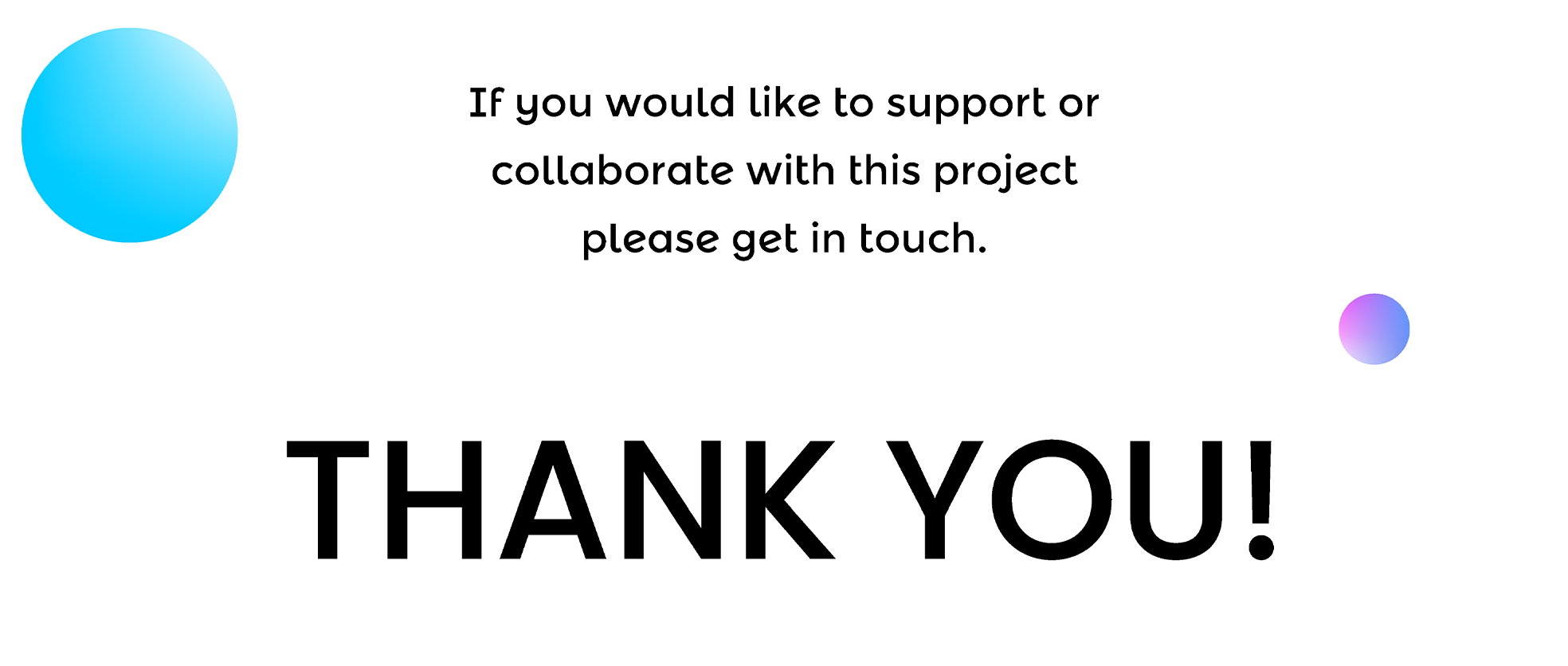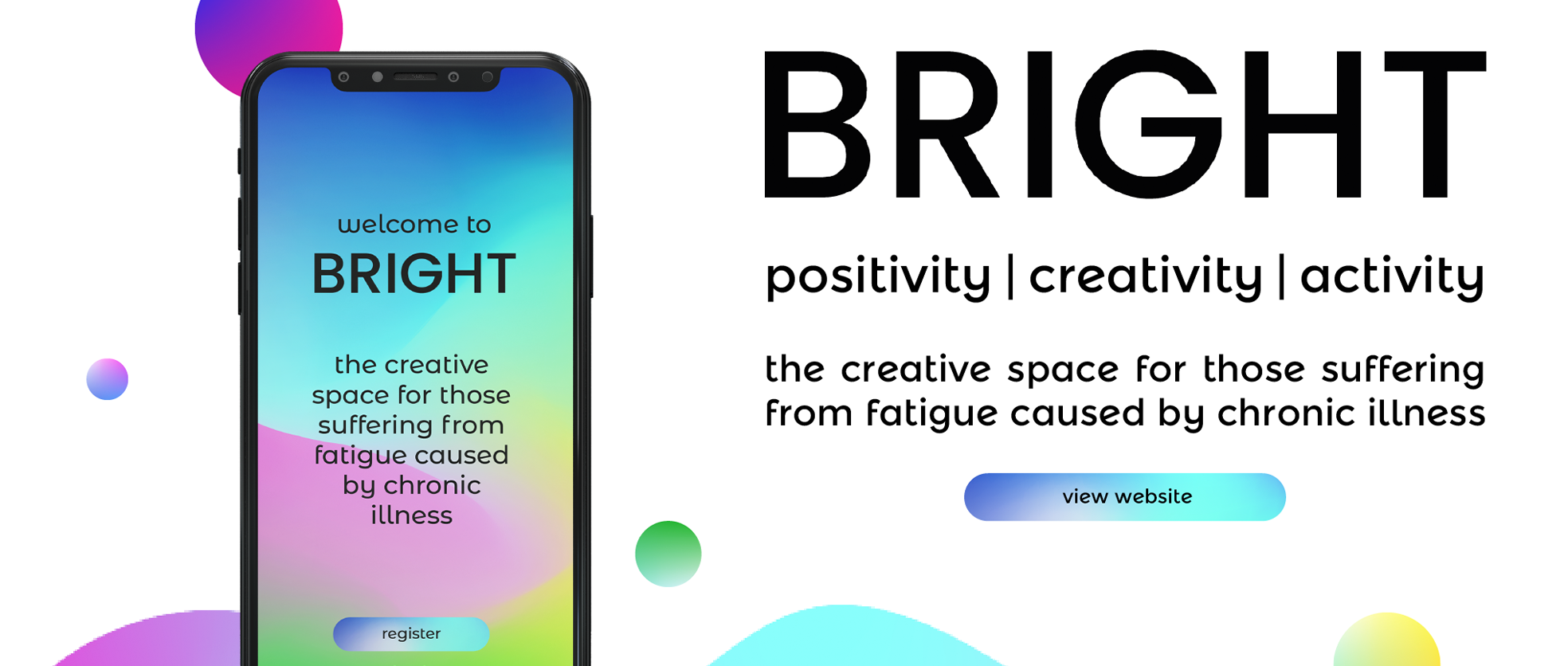How can colour and design help to improve mental wellbeing in isolating spaces such as in the home?
The Question.
I want to find out if colour and design really can have a positive effect on your wellbeing. There are many forms of research saying that it can psychologically have effects to transform your life in some way, but I want to gain first-hand research to prove this.
More specifically I want to look into how it can be used in smaller spaces or spaces that are occupied by isolated people. Living or working in space by yourself can become mundane. This, in turn, can cause a lack of motivation, depression, stress or heightened loneliness.
I want to improve mental wellbeing, lift spirits, and bring people happiness in the environments that they spend most of their time; improving the quality of life for as many people as I possibly can. To do this I want to find out how we can use colour and design as tools or a practice that we can teach people to use for personal wellbeing?
Target Audience.
This is predominantly targeted at people in isolated spaces. such as at home after being furloughed, working from home, while dealing with chronic illnesses, social anxiety or for the elderly, in care homes or hospitals. I do, however, need to be aware that everyone sees colour differently, especially if we are looking at different cultures. Harris ambrose says in the book, ‘Basic Design: Colour’, that “Different groups in society have different colour associations responses. When attempting to provoke a specific response with a piece of work, a designer must take into account the fact that emotional reactions and instantaneous associations are likely to be culturally specific.”
Aims and Objectives.
I want to find out if colour and design really can have a positive effect on our mental wellbeing. If so, how can I share my findings and make it easier to guide and teach others to use it to their advantage? I want to create a tool that will allow people to use colour and design in their day to day lives. The outcome could be a book that asks the reader questions and ultimately gives them advice, tips and tricks to make their space more inspiring. It could be colour wellbeing packs or a subscription box to help liven up their space. Even light installations or coloured light devices that could work as light therapy from the comfort of your home.
My Theory.
I believe it does have a positive effect if it is used correctly. Karen Haller says in ‘The Little Book of Colour, that “colour is not just about decorating. It is arguably the simplest tool we have at our disposal to enhance positive emotions and increase wellbeing, and it can do all this in an instant. It can help us to feel more connected to ourselves and to the people around us. When we feel connected, we feel happier about who we are. And when we feel happier about who we are, we can begin to lead happier and more fulfilled lives.” Although, I also believe that used incorrectly colour could cause adverse effects. I want to find out how and why colour and design can have such a real effect on our mental wellbeing.
Secondary Research.
The little book of colour: How to use the psychology of colour to transform your life – Karen Haller
This book directly explains how the reader can use colour to improve their life. Not only does it go into the theory behind why it psychologically works, but it even has areas for the reader to fill out like a workbook to help guide us to use colour as a wellbeing tool. This will help inspire more ideas during this initial phase of my project.
My collection of secondary research can be found here.
Primary Research.
Quantitative research – I plan to reach out to people to research whether they have any personal ways of improving their mental wellbeing from home. This will initially be a survey to collect a range of generic data. This will be quite easy with the current climate everyone is in some form of isolation because of the COVID-19 lockdown.
Qualitative research – I will then reach out to people from different isolation situations and have conversations which I will record. I have several people that are already happy to have these conversations.
– Working from home full time
– Shielding chronic illness patient
– Student away from college and friends
Future research.
Down the line, I would like to send out workbooks, colour wellbeing packs, or tools that I experiment with making so I could test out my theories and ideas. This all depends on what my outcomes are for this project.
Email to outreach to more industry-related people.
Hello,
My name is Sasha Mitchell, I am a student studying my MA Graphic Design online with Falmouth Flexible. I am currently planning my thesis and wanted to reach out to you to see whether you would be happy to answer some questions or even have an interview with me to help with my qualitative research.
I am asking myself the question, how can colour and design help to improve mental wellbeing in isolating spaces such as in the home?
[…Continue with ‘The Question’ section]
It would be great to have your first-hand opinion on this.
Kind regards,
Sasha Mitchell
Explore more of my thesis project & Dissertation here.




